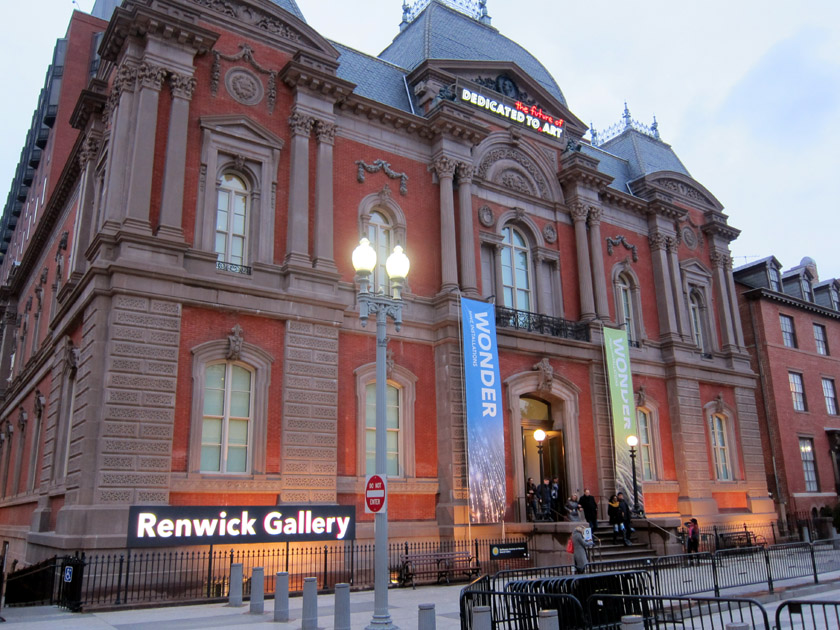This post is part of a larger on-line symposium to honor the late Hasan Niyazi, the self-taught art historian behind Three Pipe Problem. Hasan championed art history, critical analysis, valuable online discourse, and all things Raphael! As part of this April 6th celebration (Raphael’s birthday), you can read all of the posts here. He is missed by all those who knew him personally or through his active engagement with readers online.

The Mona Lisa’s mysterious sfumato being quantified. (Image from [1])
I always appreciated that Hasan advocated for scientific research and technical analysis as a complimentary approach to historical research and stylistic connoisseurship. Art is fundamentally material science even if the end result can be ascribed beauty or emotional intensity. Thus it makes sense to use analytical techniques to understand how a piece of art was constructed in order to understand to creative process and the end product.
Given the numerous Three Pipe Problem posts on Leonardo da Vinci and the continuing struggle to attribute two recent works – Salvator Mundi and La Bella Principessa, I thought it would be useful to return to this enigmatic artist. Da Vinci’s experimentation with material and techniques is anecdotally well-known. But really what do we know about his luminous sfumato faces? One recent study confirmed the nearly impossible.
Read more













